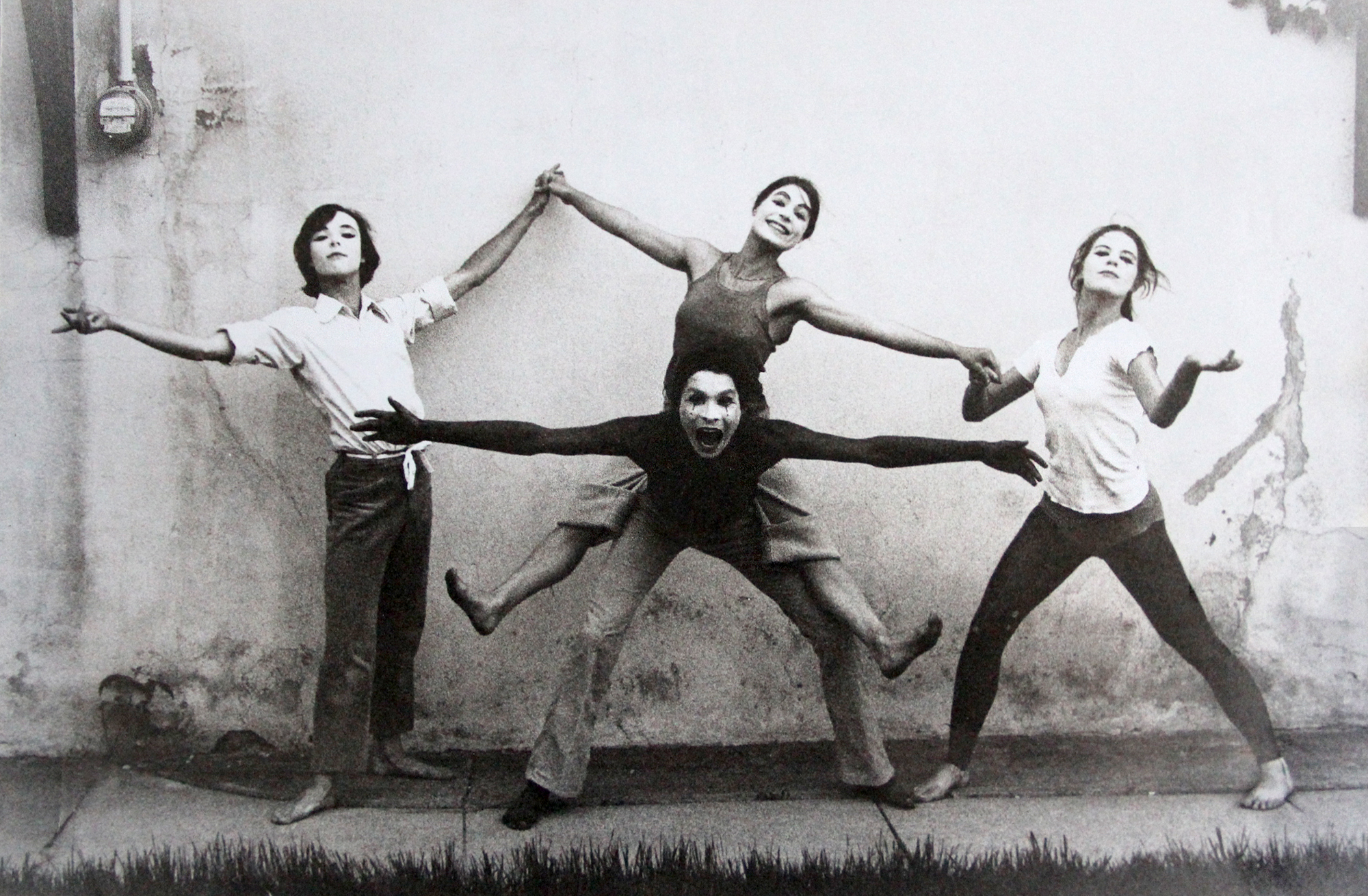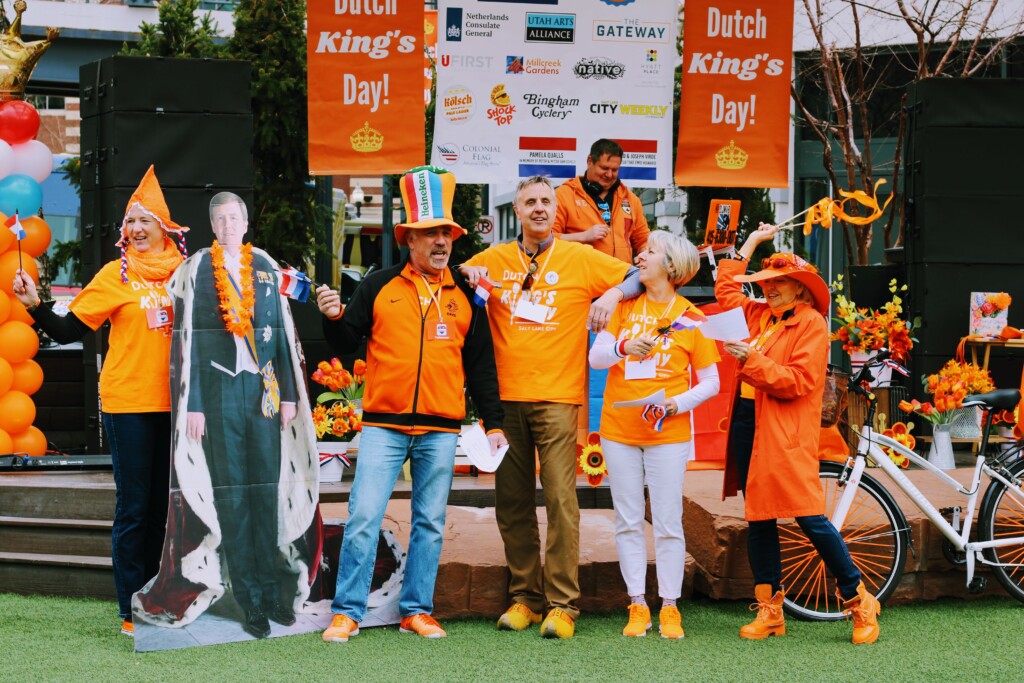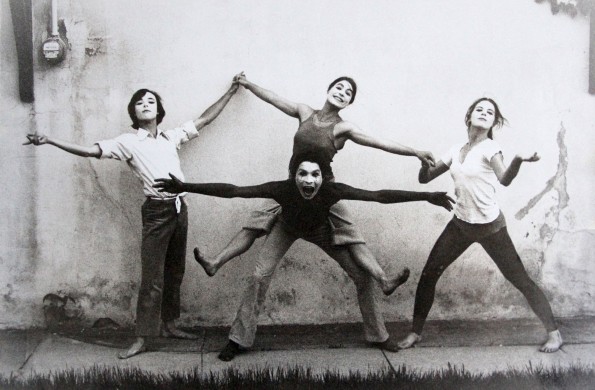
Mimes, back in the day, were a big deal. Robin Williams started out as a mime. Gallagher’s watermelon smashing act was a rebellion against the traditional white faced mimes following in the footsteps of the master, Marcel Marceau. Performances by Red Skelton and Dick Van Dyke incorporated mime skills. Theater classes always included lesson on miming. Somewhere along the way the word “mime” took on a negative connotation, but the tradition and skills continue today in performances of groups such as Cirque du Soleil.
Salt Lake City in the 1970s was home to a world class mime troupe. Mike Evans was there working with the group as a pioneering videographer and technician, helping to promote it and recording memories.
Mike describes himself, as he was growing up as a, “Haystack headed, heavy metal kid.”
A love of music led Mike in directions he didn’t imagine when he was starting out in life.
In the 1970s he gained an honors entrance to the University of Utah where he planned to study engineering. While there he developed an interest in fine art which he blames on Da Vinci, “I wanted to know how to know the world and how it works and I learned how artists are involved in everything.”
After struggling with college algebra he questioned his resolve to face upcoming calculus classes. Suddenly the art department became even more appealing. Mike studied art, but was also drawn to the dance department.
He said watching RDT at Kingsbury Hall, “I had an epiphany. I was struck with how ephemeral dance can be. To me it represented what is best in society, better than any book or play can communicate. I can still picture that performance in my head.”
Wanting to combine art with his love for dance, Mike bought a portable video recorder with money he earned working at Kennecott. He felt drawn to be part of something and dance was singing his song. He learned the ins and outs of shooting video by filming for the University’s dance department.
Around the same time period Daniel Sonkin presented a mime workshop at the U of U. Students from the college’s talented pool of dancers were inspired to create a fusion of dance and pantomime with live music, which evolved into the Great Salt Lake Mime Troupe. Mike was their official videographer.
He describes the dancers as, “Magical. I could see they were going somewhere.”
The troupe used Mike’s videos as reinforcement during practice. They could watch the videos and see exactly and precisely what they needed to do to improve. It was a whole new world of learning.
The troupe combined acting, live music along with dance and mime. Audiences came to expect the unexpected.
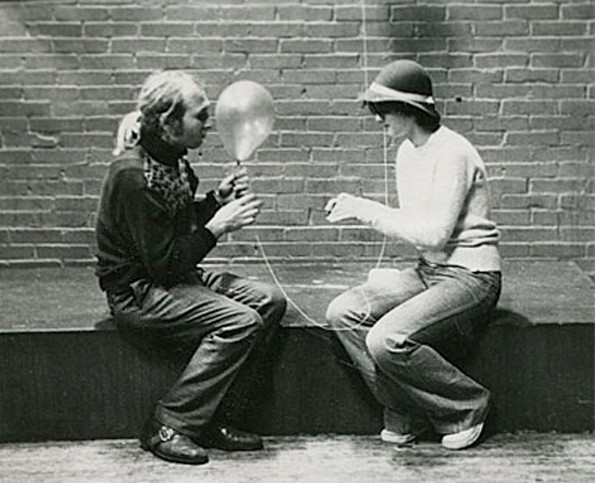
Besides performing in venues all over Salt Lake in the 70s they started to travel and perform to critical and popular acclaim. Mike traveled with the group recording the shows and providing artwork for the posters and playbills. He also became a theater technician.
The troupe entered the International Mime Festival in the summer of 1974. It was the only time it was held in the United States. People from England and Holland told them they would do well in Europe. It seemed like an impossible dream, but just one year later they performed in the Festival of Fools in Amsterdam.
Mike says, “The show melted everyone’s heart. The group had found an audience.”
After the first Festival of Fools, perhaps not quite knowing what they had, many of them returned to the states. Mike says they were tired and wanted to go home. They also drifted apart.
Some of the Great Salt Lake Mime Troupe realized they had thrown something away and managed to pull together at the Edinburgh Fringe Festival in 1975 before going back to Utah, and returned to Amsterdam as stars in 1976. The group continued until 1980 performing all over the world.
Mike stayed with the group on and off through that time, but returned to the U of U in 1977 and finished his B.F.A. He continued to follow dance and music as a photographer, writer, and artist. Mike was part of hundreds of artistic productions as a technician and engineer around the Pacific Northwest for decades. He revisited Europe a half dozen times in the last ten years to work with old mates and new.
He believes that the pool of talent drawn to Salt Lake is vast and deep. He’s seen artist rise not only from the dance program at the University of Utah, but from other dance programs around the region. He sees the talent and energy which he saw in his youth continuing today.
With so many students in the dance program at the U there is simply not enough room for all of them to find a place with Ballet West, RDT, or Ririe-Woodbury Dance Company. Ambitious dancers formed their own dance company and started to perform. Calling themselves Porridge for Goldilocks, they explored improvisation with highly-skilled musicians; they performed indoors and outdoors at the Sugar House Farmer’s Market and Sugar Space. They still perform at surprising venues across the city and once again Mike is there to take pictures and applaud.
Mike has a definite sense that dance should be more widely celebrated, “The audience for dance could be and should be bigger instead of universities hoarding all the dancers. There is a creative energy here that can’t be suppressed and can’t be held down.”
Besides writing books and making websites, he continues to observe and document art, music dance, and the talent. He urges people to “buy a ticket, absorb the energy from the dancers and return it back again.”
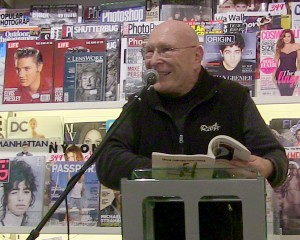
Special thank you to Michael Evans for his help with this article.
For more information and history please refer to The Great Salt Lake Mime Saga and Amsterdam’s Festival of Fools by Michael R. Evans.
http://theatrex.net/theatre/mt_pt7/gslmt_outline.htm
Story by Connie Lewis

